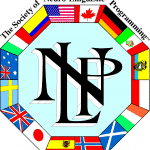Veerinyaorn Luangboriboon

Dr. Veerinyaorn Luangboriboon, PhD. (k. Aui) Licensed Trainer of Neuro-Linguistic Programming Visual Thinking Expert Trainer Over 15 years of experiences for Operation Management, 15 years in Innovation Management, 10 years in Human Resources Department and consultant & research. I’ve an experience in Business Development, New Product Development, Project Management, Intellectual Property Management, Quality Management and […]
Ekaruk Parmwong
Mr. Ekaruk Parmwong, PhD. (k. Pom) Licensed Practitioner of Neuro Linguistic Programming Trainer Expert in system development and training techniques, former head of planning and cooperation in vocational colleges and head of training and personnel development. He is a person who loves learning and developing the potential of personnel, opening up learning perspectives in a […]
Jamorn Lao-Imchan

Mr. Jamorn Lao-Imchan (k. James) Trainer Coach Education MI. E. Educational Technology in Vocational and Technical Education (KMITL Bangkok 1997- 2002) B.E. Educational Technology (Burapha University Chonburi, 1993 – 1997) Leadership Skills Leadership Skills for People Manager Situational Leadership GTD: Getting Things Done Assertive Communication Effective Time Management Problem Solving and Decision Making Effective […]
Meet Our Clients
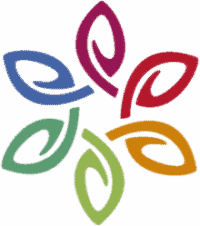
Our Clients We have over 20 years of experience teaching and educating business professionals. Some of our clients include but are not limited to:
Modal Operators
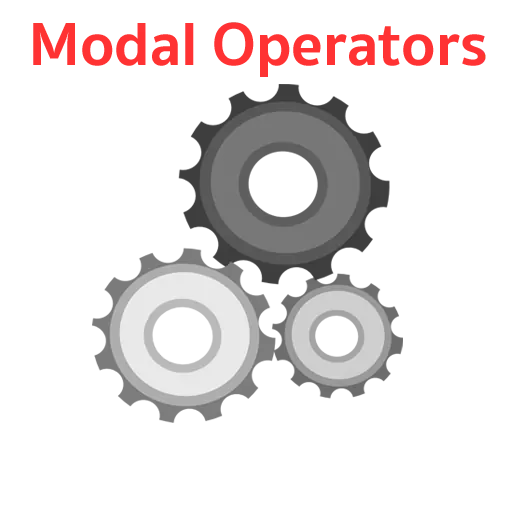
In the Meta Model we have already leant that there are Modal Operators of Necessity and Possibility. Here in the Milton Model we only talk about Modal Operators.
NLP Coaching
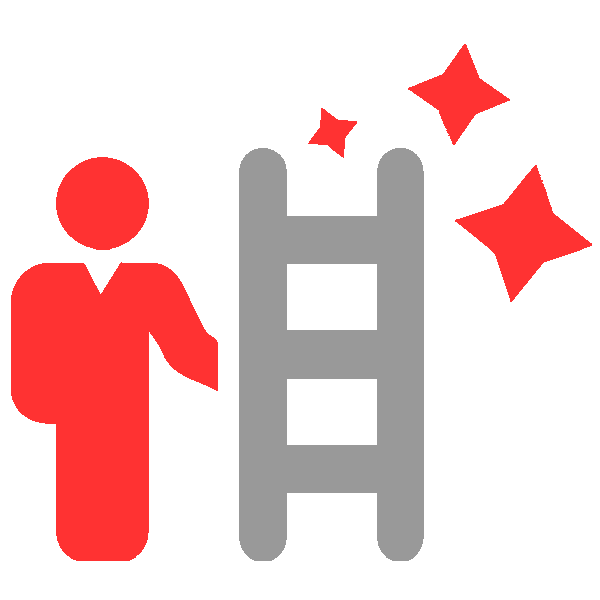
The behaviours below are based on what I have learnt during my 20+ years career in business and during my career as an executive coach and agent of change and progress. When coaching anybody the below coaching behaviours, applied consistently and with integrity, will help you to gain rapport, to explore and understand “the model of the world” of your interlocutor. We like to be acknowledged and understood.
NLP Representational Systems
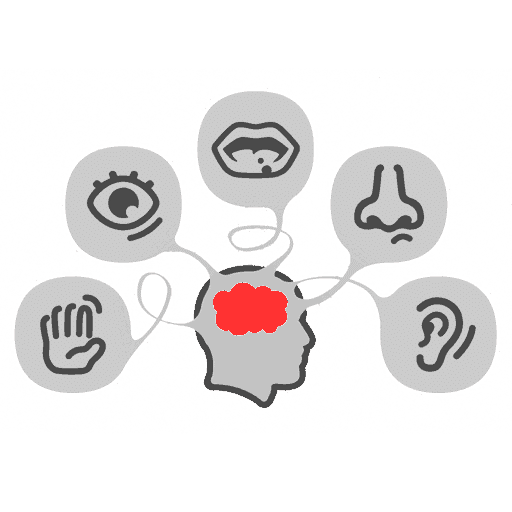
The utilization of the NLP Representational Systems enables us to classify, to scan for, particular language. As a result you discover that one person likes to talk in visuals, the other in auditory. The moment two people have a conversation and use the same representational system, the chance of getting into rapport with each other is much bigger than they do use different representational systems.
NLP Olfactory
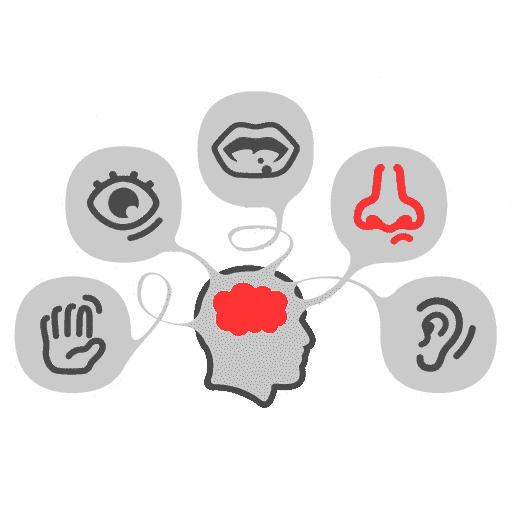
In NLP Olfactory is one part of the Representational System. An example is: “Smelling how great that apple-pie smells!”. Or maybe a more nasty one: “It smells like dogshit!”. There are legions more. Just say only think about food and the smell of it and a legion of examples will popup.Olfactory is relating to smell or the sense of smell.
NLP Kinesthetic

In NLP Kinesthetic is one part of the Representational System. In NLP Kinesthetic break down into two general parts; Internal and External. Examples of Internal feelings are feeling happy, grateful and joy. In conclusion you will find legions more. Examples of External feelings are; feeling the wind on your skin, feeling the sun on your skin. So every feeling that comes from the inside is called Kinesthetic Internal and every feeling that comes from the outside, we call in NLP Kinesthetic External.
NLP Gustatory
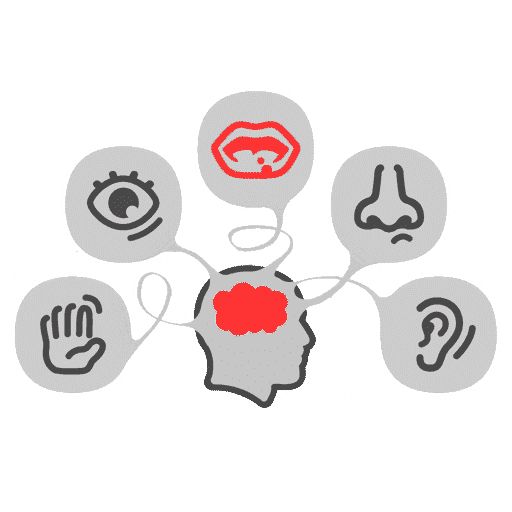
In NLP Gustatory is one part of the Representational System. In NLP Gustatory breaks down into two general parts; Remembered and the actual taste. When you associate yourself with your favorite dish, really think about what taste you like, your mouth start watering and be careful not to start drooling. And there is the actual taste. Imagine you eating your favourite dish, how would you feel? In NLP Gustatory is all about taste and the sense of taste.


